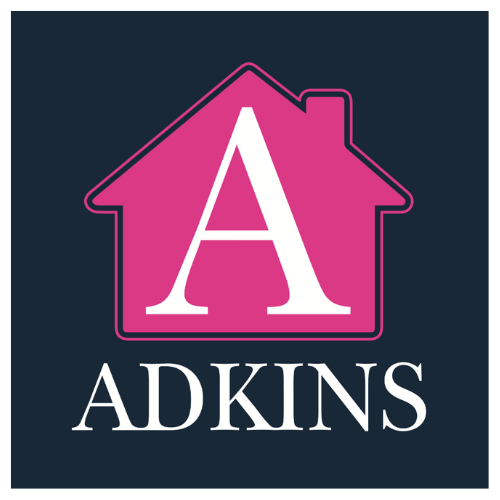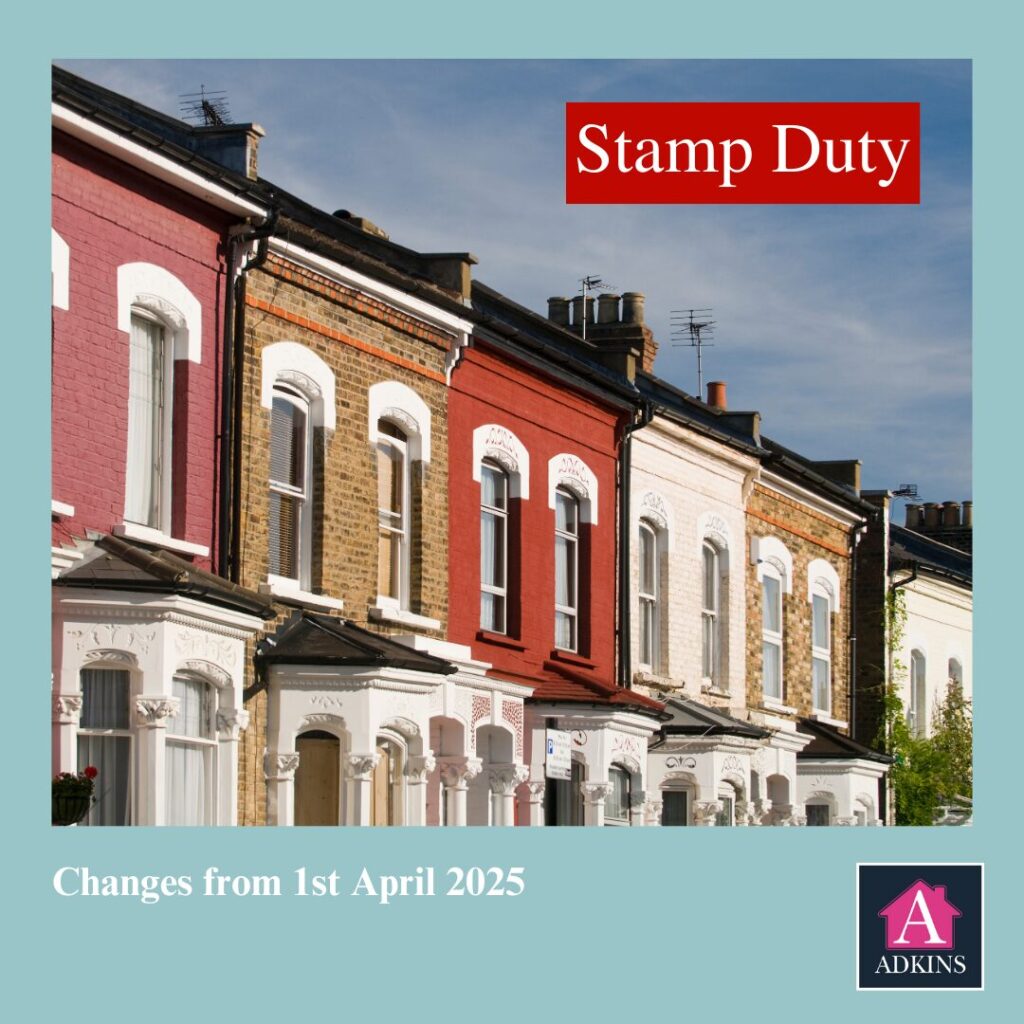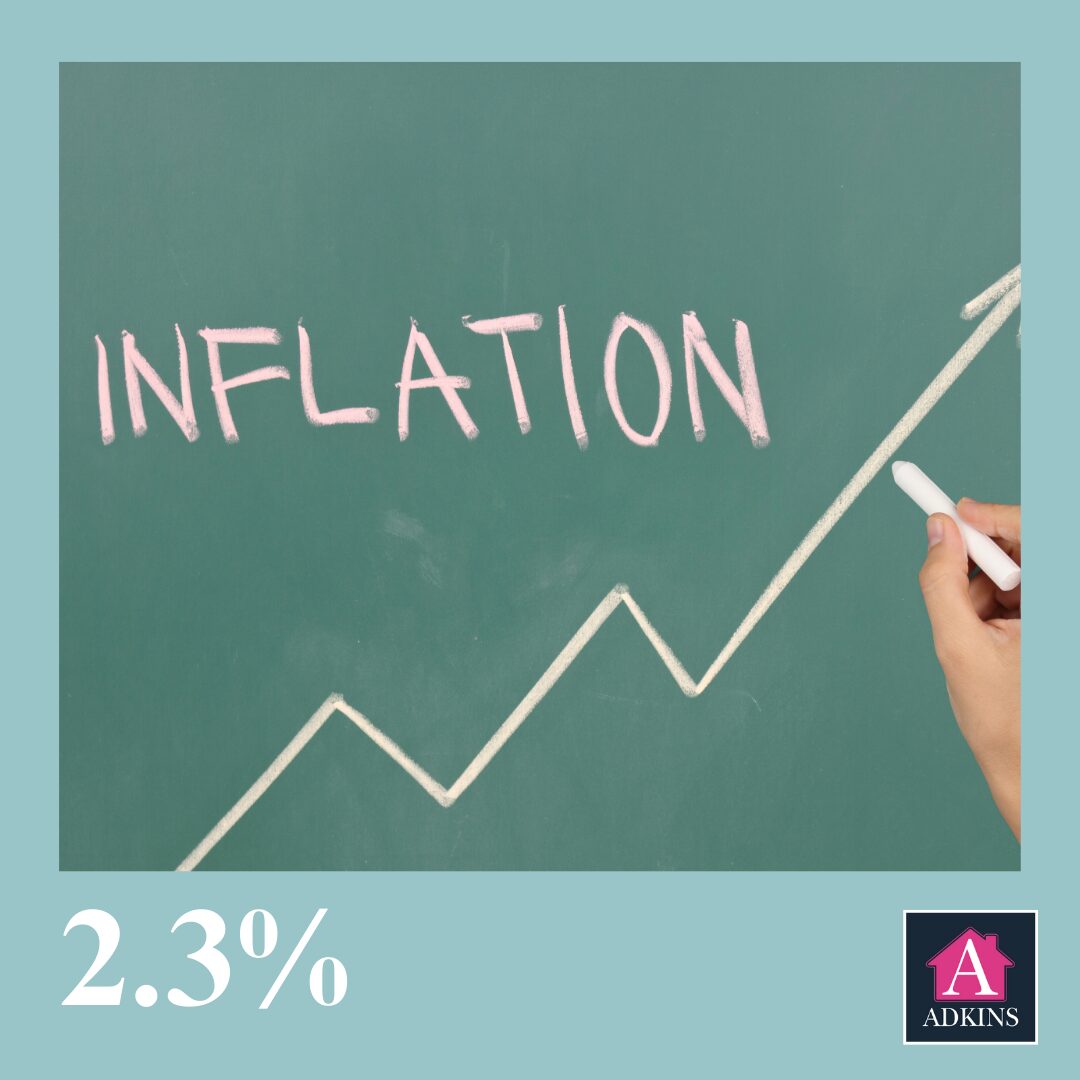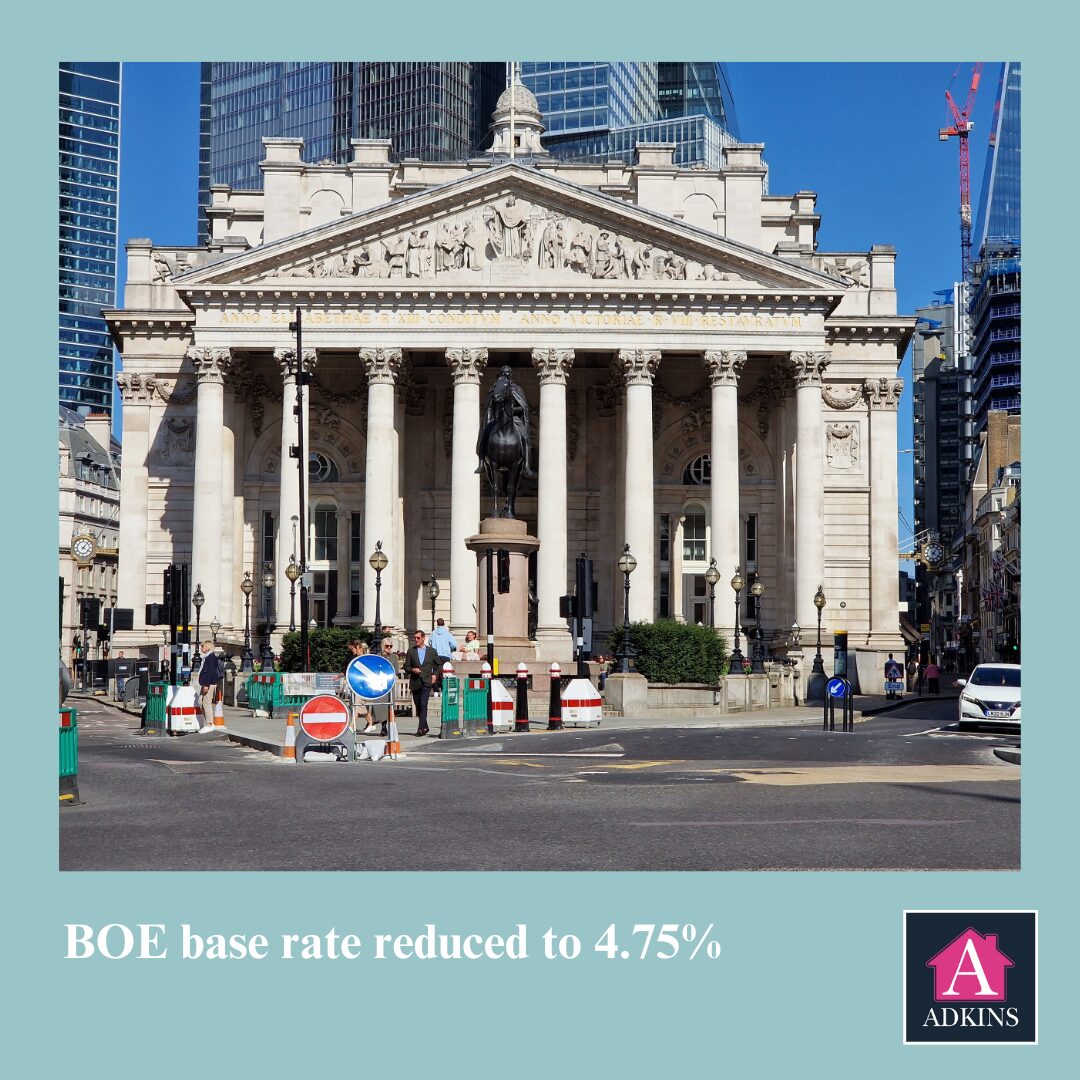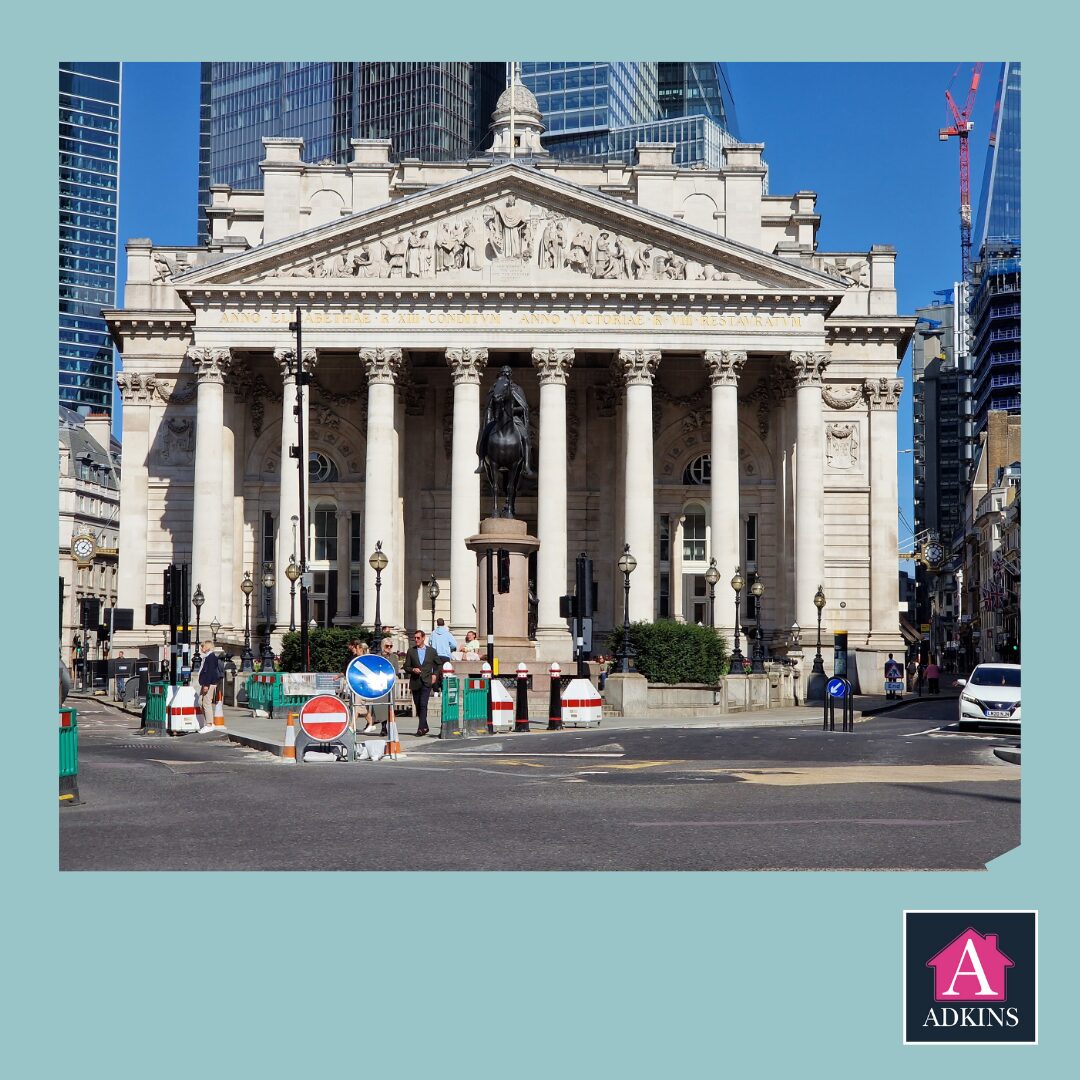Stamp Duty Land Tax (SDLT or Stamp Duty) is a tax payable to HM Revenue and Customs (HMRC) when buying a property or land in England and Northern Ireland. The amount of SDLT liability will depend on several factors, including (but not limited to) whether a buyer is:
- a UK resident
- purchasing a property as an individual or company
- a first-time buyer
- replacing a main residence
- purchasing additional property
In September 2022, the Government announced a temporary increase to the thresholds above which SDLT must be paid. The temporary increase is due to end on 31 March 2025, meaning that any transaction which completes thereafter will be subject to the increased rates of Stamp Duty. While this date might seem far away, buyers and sellers alike ought to be aware that an average residential property transaction takes between 12 and 16 weeks to complete, but can, in certain circumstances take much longer. Typically, these circumstances are generally only uncovered during a transaction. It is also worth bearing in mind that this timeframe does not take into consideration the time it may take to attract a buyer from the date the property is first listed.
The current Stamp Duty rates (September 2022 to 31 March 2025) on a standard residential purchase of a freehold property for an individual that is UK resident and replacing a main residence is as follows:
0% up to £250,000
5% above £250,000 and up to £925,000
10% above £925,000 and up to £1,500,000
12% above £1,500,000
On 31 March 2025, there are several changes coming into effect, and it is currently unclear whether any further amendments will be made to Stamp Duty between now and then.
- The nil rate threshold which is currently £250,000 will return to the previous level of £125,000.
- The nil rate threshold for first time buyers which is currently £425,000 will return to the previous level of £300,000.
- The maximum purchase price for which First-Time Buyers Relief can be claimed is currently £625,000 and will return to the previous level of £500,000.
From 31 March 2025 the Stamp Duty rates on a standard residential purchase of a freehold property for an individual that is UK resident and replacing a main residence will be as follows:
0% up to £125,000
2% above £125,000 and up to £250,000
5% above £250,000 and up to £925,000
10% above £925,000 and up to £1,500,000
12% above £1,500,000
By completing before the Stamp Duty changes come into effect, a buyer can save a significant £2,500. This is different for second homeowners (investors) and companies. It may be worthwhile for residential buyers to bring forward their plans to take advantage of the current Stamp Duty rates before the increase takes effect.
The Stamp Duty changes are likely to have the most significant impact on first time buyers. By reducing the nil rate threshold by £125,000 and reducing the maximum purchase price for which first-time buyers’ relief can be claimed by the same amount may mean that first time buyers have no other choice but to wait even longer to get on the property ladder.
For first-time buyers the rate will be as follows:
| Property Value | SDLT Calculation (before 31 March 2025) | SDLT Calculation (after 31 March 2025) |
| £499,999 | 0% up to £425,0005% on the remaining £74,999Total = £3,749 | 0% up to £300,0005% on the remaining £199,999Total = £9,999 |
| £525,000 | 0% up to £425,0005% on the remaining £100,000Total = £5,000 | 0% up to £125,0002% on the next £125,0005% on the remaining £275,000Total = £16,250 |
| £625,000 | 0% up to £425,0005% on the remaining £200,000Total = £10,000 | 0% up to £125,0002% on the next £125,0005% on the remaining £375,000Total = £21,250 |
Being aware of these changes and understanding the future landscape of Stamp Duty may assist you in realising your plans sooner rather than later to take advantage of substantial savings.
Before acting on this commentary, please review Stamp Duty. For any specific queries, we recommend seeking specialist advice, as the information provided here is intended for general informational purposes only.
